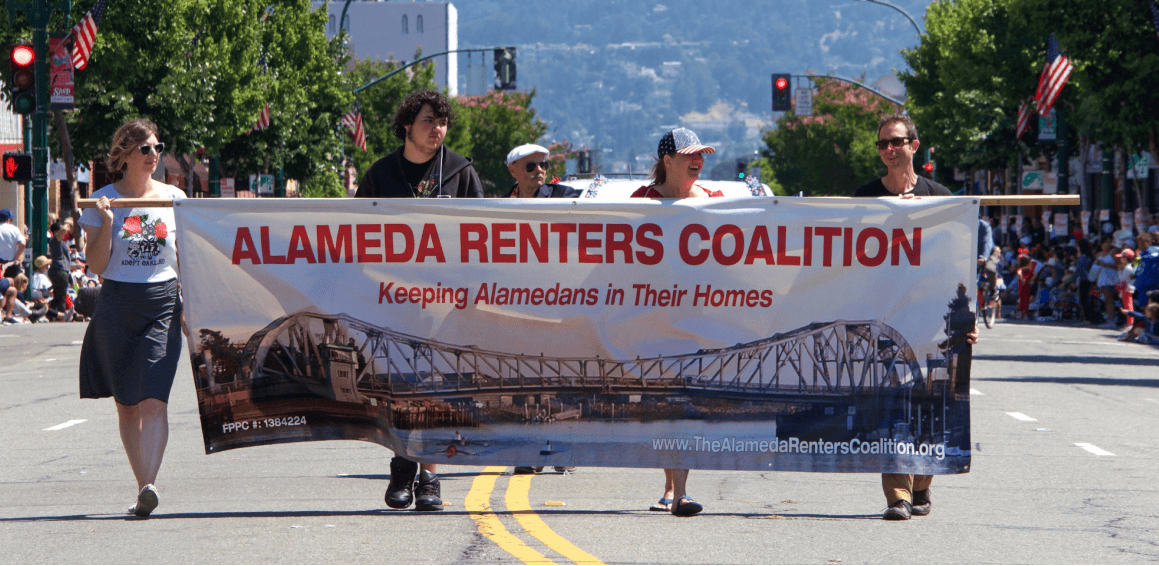The Number Of Renters Is Exploding And It’s Not Because Of Millennials

While 20-somethings still make up the largest single cohort of renters, the 40-plus crowd now accounts for a majority of all renters, according to a biennial study from the Harvard Joint Center for Housing Studies out Wednesday, underscoring the changing face of America’s renters.
Over the last decade, the rise in Millennial renters has paled in comparison to the surge in older renters. Consider that the number of renters under 30 has increased by almost 1 million in the last ten years. Now compare that to the 3 million more Gen X renters and 4.3 million more renters in their 50s and 60s over the same period.
“Rentership rates among gen-Xers and baby boomers are also rising, changing the traditional profile of the renter population,” note the authors of the report. ”While the conventional image of renters is groups of young unrelated adults living together, these types of non-family households make up a relatively small share of all renters and their numbers have grown only modestly in the past 10 years.”
Part of the sluggish rise in Millennial renters can be attributed to the number of young people who have continued to live at their parent’s houses in the wake of the 2008 financial crisis, rather than find their own place. There’s also still a wave of younger Millennials who will become renters in the coming years.
Yet, the report is more of a reflection of the people of different ages and walks of life who are increasingly choosing to rent. For instance, the number of families with children who are renting has swelled by 2.2 million over the last decade. There are also 3.3 million more people with incomes of $50,000 or more who are renting, including 1.6 million who are pulling in $100,000 or more.
For many, it’s not a matter of choice. With the bursting of the housing bubble, almost 8 million homes have been lost to foreclosure since 2004. Mortgage credit has also tightened and home prices have continued to rise, making it more difficult for those who would like to become homeowners to actually do so.
One problem with more and more people joining the ranks of renters is that it has contributed to an affordability problem. As of mid-2015, there were 43 million families and individuals who were renting, up by nearly 9 million from 2005. This “unprecedented” gain has never before been seen in any 10-year period on record.
With rising demand and extremely low vacancy rates, rents have been going up. At the same time, incomes have been stagnant and declining. What that has meant is that last year there were more people struggling to make their rent than ever. According to the report, nearly half of all U.S. renter households (equivalent to 21.3 million) spent more than 30% of their income on housing in 2014. Of them, about a quarter (or 11.4 million) spent upwards of 50% of their income on rent.
Source: Forbes
















 Accessibility
Accessibility